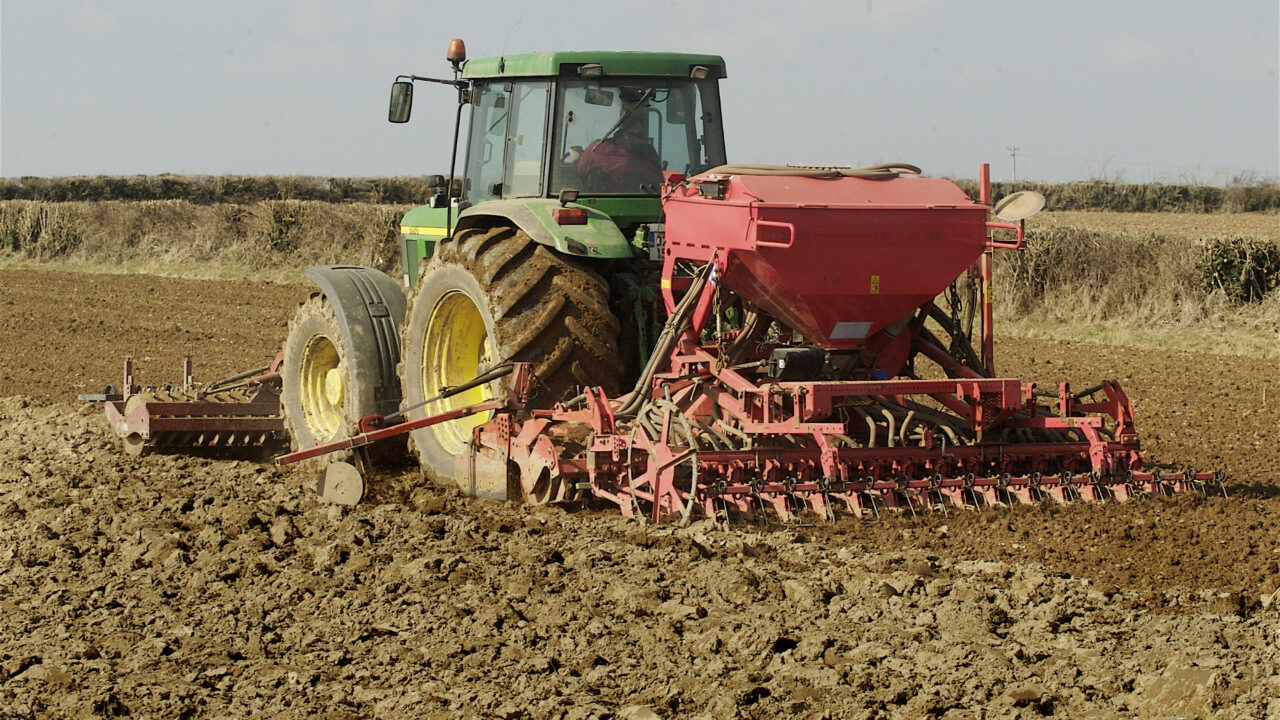Tillage farmers should start planning for 2017 now, according to Teagasc Specialist Shay Phelan.
This entails the development of crop budgets and appropriate nutrient plans, he said.
“Too many farmers leave these important elements of their work to the very last minute. And the same principle holds when it comes to ordering crop inputs.”
Phelan confirmed that cereal growers can soil test fields that have already been planted out in winter cereals and oilseed rape over the coming weeks.
It’s preferable to do this before the new crop is sown out, as it is simply easier to get around fields while they are in stubble.
Phelan confirmed that most winter cereal crops are looking well at the present time.
“It has been a very dry autumn and early winter, with the result that flooding-related problems have not been an issue.
“All field work has been completed for the year. This includes the application of herbicides and insecticides on young crops.
“Producers with later sown wheat may wish to hold off until the end of January before completing any outstanding weed control programmes.”
The Oakpark-based Tillage Specialist said that a number of cereal growers have been getting on with spring ploughing during the latter part of December.
“Soil conditions remain excellent. As a result, ploughing operations will not lead to compaction or any related problems.”
There are no cross-compliance issues for growers, provided ploughing takes place after December 1.
Phelan also confirmed that winter oilseed rape crops are looking well.
“Slugs have not been a major issue this year. The real challenge for growers is keeping birds off their rape for the next few weeks.
“The jury is out as to what is the best way of ensuring that pigeons do not over graze crops. If scarecrows work, “then use them.
Other options include blast guns. But, at the end of the day, it’s a case of using the bird scarer that best fits the need required.”
Commenting on the disease threat that can impact on oilseed rape at this time of the year, Phelan advised growers to test for light leaf spot.
To do this, farmers should pick a selection of the leaves from their growing crops, place them in a plastic bag and then leave in a warm place, such as an airing cupboard.
“If the tell-tale white lesions start appearing on the leaves after a few days, then the crop should be sprayed with an appropriate fungicide without delay.”
The 2017 Teagasc National Tillage Conference will take place in the Lyrath Hotel, Kilkenny on Thursday, January 26.
